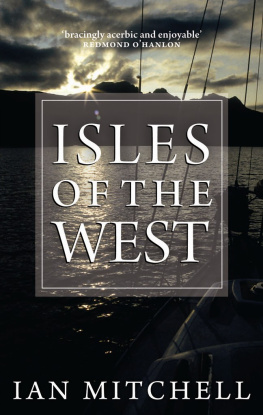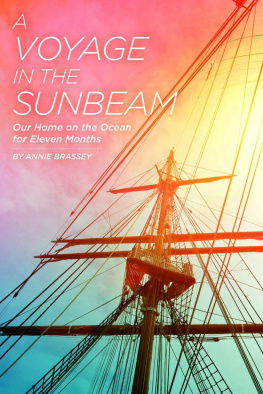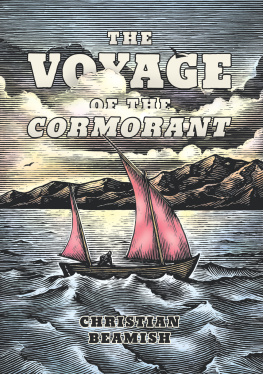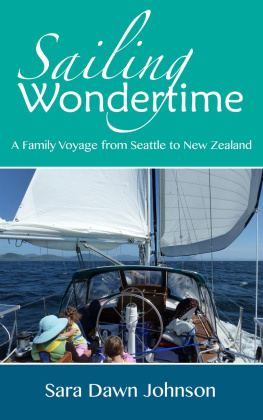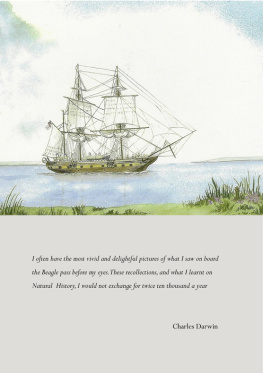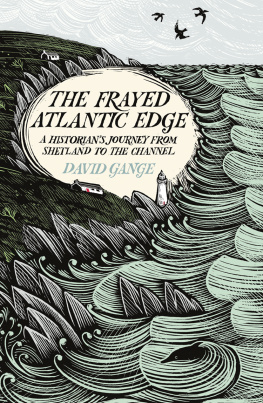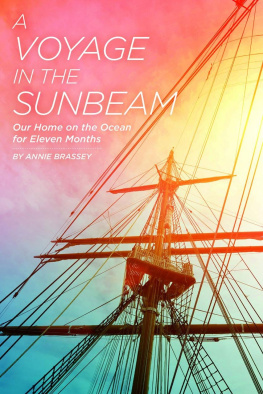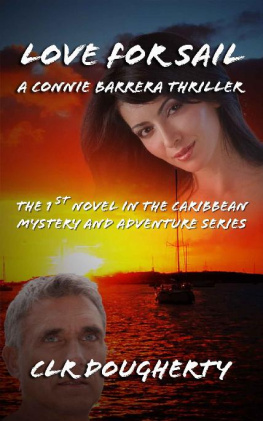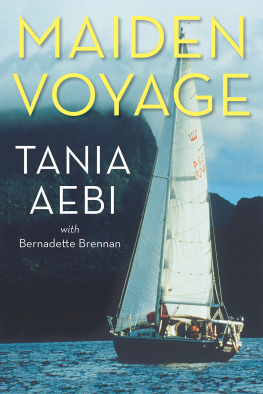Ian Mitchell - Isles of the North: A Voyage to the Realms of the Norse
Here you can read online Ian Mitchell - Isles of the North: A Voyage to the Realms of the Norse full text of the book (entire story) in english for free. Download pdf and epub, get meaning, cover and reviews about this ebook. year: 2012, publisher: Birlinn, genre: Detective and thriller. Description of the work, (preface) as well as reviews are available. Best literature library LitArk.com created for fans of good reading and offers a wide selection of genres:
Romance novel
Science fiction
Adventure
Detective
Science
History
Home and family
Prose
Art
Politics
Computer
Non-fiction
Religion
Business
Children
Humor
Choose a favorite category and find really read worthwhile books. Enjoy immersion in the world of imagination, feel the emotions of the characters or learn something new for yourself, make an fascinating discovery.
- Book:Isles of the North: A Voyage to the Realms of the Norse
- Author:
- Publisher:Birlinn
- Genre:
- Year:2012
- Rating:3 / 5
- Favourites:Add to favourites
- Your mark:
- 60
- 1
- 2
- 3
- 4
- 5
Isles of the North: A Voyage to the Realms of the Norse: summary, description and annotation
We offer to read an annotation, description, summary or preface (depends on what the author of the book "Isles of the North: A Voyage to the Realms of the Norse" wrote himself). If you haven't found the necessary information about the book — write in the comments, we will try to find it.
Isles of the North: A Voyage to the Realms of the Norse — read online for free the complete book (whole text) full work
Below is the text of the book, divided by pages. System saving the place of the last page read, allows you to conveniently read the book "Isles of the North: A Voyage to the Realms of the Norse" online for free, without having to search again every time where you left off. Put a bookmark, and you can go to the page where you finished reading at any time.
Font size:
Interval:
Bookmark:
ISLES OF THE NORTH

This abridged eBook edition published in 2012 by
Birlinn Limited
West Newington House
Newington Road
Edinburgh
EH9 1QS
www.birlinn.co.uk
Copyright Ian Mitchell 2004, 2012
The moral right of Ian Mitchell to be identified as the author of this work has been asserted by him in accordance with the Copyright, Designs and Patents Act 1988
All rights reserved. No part of this publication may be reproduced, stored or transmitted in any form without the express written permission of the publisher.
ISBN: 978-1-84158-944-2
eBook ISBN: 978-0-85790-099-9
British Library Cataloguing-in-Publication Data
A catalogue record for this book is available from the British Library
This book is dedicated to the memory of my mother,
who came from the North and whose generosity made possible the purchase of Foggy Dew
I T IS NEARLY TEN years since I embarked on the voyage described in this book. The publication of a second edition offers the opportunity of a follow-up view, which might give an illuminating time perspective to what I discovered in 2002. I contacted people in many of the places I visited on my trip and concluded that the story of all of them could be told through the story of one of them because developments everywhere are so similar in underlying form. They have two elements: continuing population decline and intensified bureaucratic interference. The question is whether these two trends are connected.
The first island I visited on the trip was Mingulay, abandoned in 1912 in part because the government, in the form of the Congested Districts Board, would not provide proper berthing facilities for vessels on the island, which made trade growth impossible. Today, the state sees its role less as a selective facilitator of rural enterprise than a general controller of it, usually in the interests of nature conservation. The result has been that, since 2002, Scottish Natural Heritage or SNH, a body the reader will learn a lot more about in the pages that follow has seen fit to designate an area of seabed off the east (and therefore sheltered) coast of Mingulay as a marine Special Area of Conservation (or SAC) in order to conserve a reef which represents an estimated 0.03% of the total United Kingdom resource of that type of habitat. Protecting this would cost the equivalent of between 4 and 6 full-time jobs on the neighbouring island of Barra, depending on how severe the protection regime was, according to research commissioned by the Scottish government and adopted by the Western Isles Council, or Comhairle nan Eilean Siar, in its official letter of objection to SNH. Although small in scale, this represents a significant level of activity, particularly in the context of a fragile local economy, the Council commented (21 February 2011).
The issue here is one of proportionality. Just as there is no absolute right to freedom of speech, contract or association, so the protection of nature is always in a mature society balanced against competing public interests. All governments are happy to sanction developments which damage nature farming for instance so long as they bring substantial economic benefits. It is a question of balance. Four jobs on Barra, which has a population of just over a thousand, are equivalent to 4,000 jobs in Birmingham, which has a population closer to a million. A factory employing that many people in the Midlands would not likely be threatened with closure because of, say, concern for the corncrake, or worries about a certain type of sub-soil. And quite rightly so. Islanders do not complain about the protection of Birmingham, only about the bullying of places like Barra. The Councils letter of objection goes on to make this point clearly:
In discussing this issue, the Members of the Comhairle were very much aware of the fact that it is now 100 years since Mingulay was abandoned. Depopulation remains a critical issue in the Outer Hebrides, with some of the forward projections for the loss of human population being the starkest in Scotland. Our members contrasted the level of effort going into preserving small areas of reef with the perceived lack of concern in regard to the loss of the human population.
The introduction of this environmental designation will lead to a loss of democratic control of development in the area at a time when the islands require a range of measures to promote sustainable economic development, improve economic performance and address population decline.
There is clear evidence over the past period that unrestrained environmental designations lead to negative socio-economic impacts. It is the view of the Comhairle that the Outer Hebrides is already over-designated.
This was exactly the point put to me ten years ago. Government was seen to be ready to sacrifice human communities on the altar of environmental concern. I put that word in quotes since I do not believe that the concern is genuine. The stories told below of the seals on Barra, the corncrakes on Egilsay and the raingeese on Yell all show that considerations beyond the interests of the wildlife are the primary drivers of the protection process. In the case of government departments, it is the inappropriately literal interpretation of European Directives. In the case of wildlife charities it is usually due to a desire to attract funding, either from members of the public by means of grandstanding demonstrations of pharisaic virtue, or from government by means of science which is often shallow and amateurish, and which is frequently used misleadingly occasionally almost fraudulently. These are seriously allegations and I have dealt with them seriously and at length in my other book on this subject, Isles of the West. Therefore let me confine myself here to the problem of government departments and the European Union which, in 2002, I wanted to throw into practical relief by continuing my voyage to Norway.
The problem is a genuine, practical one since the two instruments which principally control environmental management in the United Kingdom, the European Habitats and Birds Directives, emanate from Brussels. These are drafted in conventional European terms, which means they are intended to operate effectively as legislative codes, not detailed statutory enactments of the sort which Whitehall (and I include its branch in Scotland) is accustomed to producing. The difference is crucial.
The modern British legislative approach developed around eighteenth-century notions of liberty, which common law crimes excepted were based on the idea that everything was permitted which was not explicitly forbidden. Therefore laws had to be very detailed; and as society became progressively more complex, those laws became progressively more detailed. Today we have arrived at the situation, which the late Lord Bingham of Cornhill complained about shortly before his death, of legislative hyperactivity. By this he meant the production of laws at such a rate that lawyers and judges themselves find it hard to keep up with them, much less the general public that is supposed to obey those laws.
In Europe, since Napoleon promulgated the Code Civil, the tradition has been to lay down general principles covering everything, and leave detailed interpretation to the magistrates, taking into consideration the circumstances of the time and place. Though more restrictive in a simpler legislative environment, it is arguably a better system in the highly complex society which we live in today. Whether that is true or not, the fact is that the worst of all possible worlds is one in which broad principles are laid down in supra-national law, but in such general terms that a vast army of legal draughtspeople in common-law jurisdictions have to specify in minute detail every possible eventuality so that the government can allow its citizens the right to do whatever is not forbidden by law while at the same time satisfying the European Union bureaucrats that nothing is being done contrary to the general principles established in for example, since it covers the Mingulay reefs the Habitats Directive. This is what has been called gold-plating European legislation. It is part of the cause though not the only part of Lord Binghams legislative hyperactivity.
Next pageFont size:
Interval:
Bookmark:
Similar books «Isles of the North: A Voyage to the Realms of the Norse»
Look at similar books to Isles of the North: A Voyage to the Realms of the Norse. We have selected literature similar in name and meaning in the hope of providing readers with more options to find new, interesting, not yet read works.
Discussion, reviews of the book Isles of the North: A Voyage to the Realms of the Norse and just readers' own opinions. Leave your comments, write what you think about the work, its meaning or the main characters. Specify what exactly you liked and what you didn't like, and why you think so.


